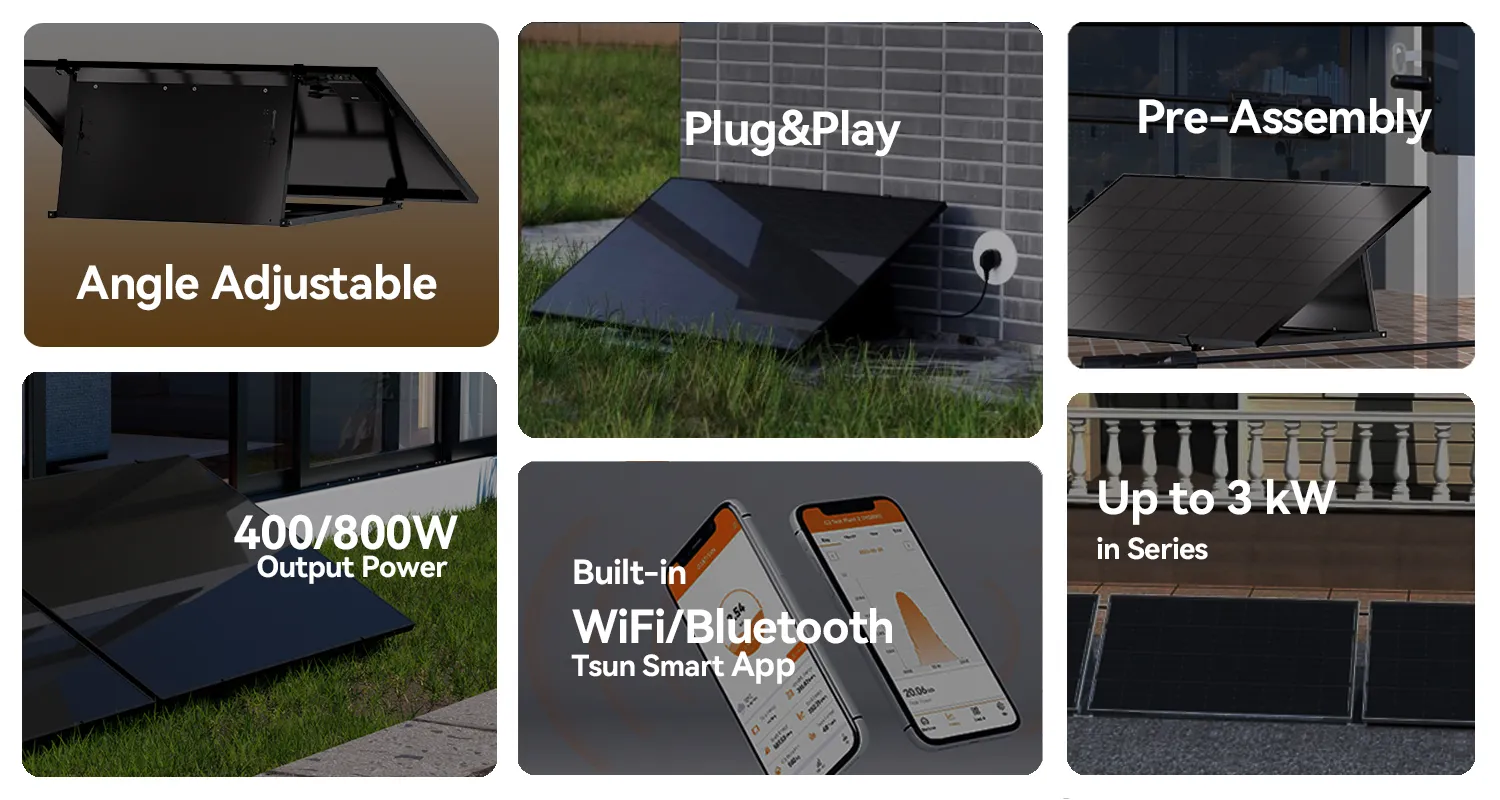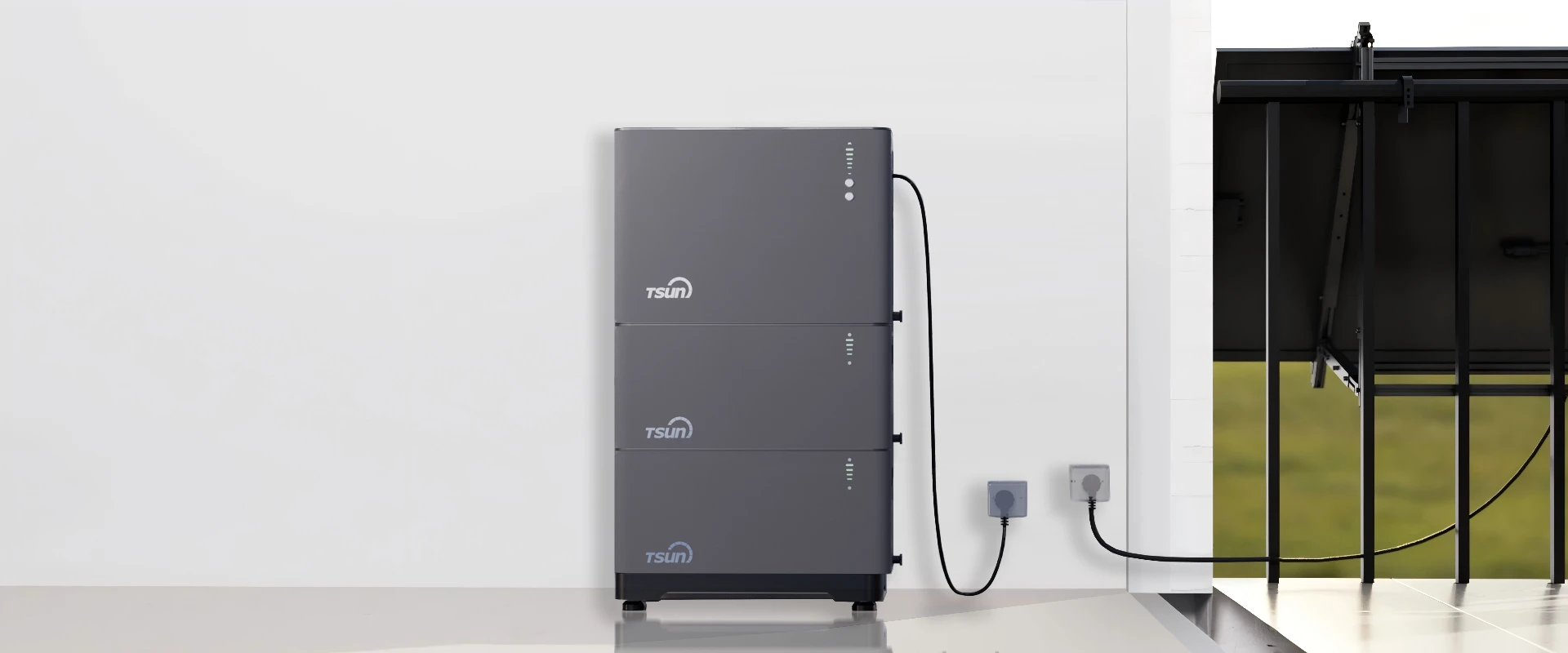In the realm of solar power installations, one common debate persists microinverters versus string inverters. Both technologies have their merits, each offering unique benefits depending on the specific needs of a solar energy system. It's crucial to understand the differences to make an informed decision that enhances system performance, reliability, and cost-effectiveness.

Microinverters represent a relatively newer technology in the solar industry, designed to convert direct current (DC) generated by solar panels to alternating current (AC) at the panel level. This technology ensures that each solar panel operates independently. The advantage here is significant; shading, debris, or a malfunction affecting one panel doesn’t impact the entire system’s output. This autonomy allows for greater efficiency, particularly in environments where panels might not receive uniform sunlight due to architectural or natural obstacles.
One substantial benefit of microinverters is their contribution to system durability. Solar systems with microinverters tend to have longer lifespans and often come with warranties extending up to 25 years. This longevity makes microinverters a potential long-term cost-saving option despite the higher upfront investment compared to string inverters.

Moreover,
microinverters facilitate precise monitoring at the individual panel level. This granular data allows for quick detection and resolution of issues, enabling optimal system performance. For both residential and commercial solar installations hoping to maximize every watt of energy, the microinverter’s advanced monitoring capabilities represent a compelling advantage.
On the other hand, string inverters, the traditional choice in many solar setups, connect a series of solar panels in a string. The entire string is linked to a single inverter converting DC to AC for the entire array. The main advantage of string inverters is the lower installation cost, as fewer components lead to reduced initial expenses. They are generally easier to install and maintain over time due to their centralized nature. String inverters are a reliable choice for uniform installations where shading and obstruction are not concerns.
However, if one panel in a string is underperforming—perhaps due to shade or a technical issue—the entire string’s output can be compromised. This limitation makes site evaluation critical when opting for string inverters; they perform best in environments with consistent sunlight without shading variations.
microinverter vs string
String inverters have also evolved, incorporating features such as optimization devices and advanced communication modules. These improvements have closed the performance gap, albeit at an increased cost. Despite these advancements, they haven't entirely matched the scalability and flexibility offered by microinverter technology.
From an expertise perspective, selecting between microinverters and string inverters hinges on an in-depth analysis of several factors, including the installation site's geographical location, roof design, shading issues, budget constraints, and long-term energy goals. Solar energy experts often recommend conducting a thorough site analysis to understand specific needs and optimize the balance between cost and performance.
Microinverters are particularly suitable for complex roof layouts and distributed shading conditions. Meanwhile, string inverters are effective in installations where simplicity and cost-efficiency take precedence over individual panel output.
Ensuring reliability and increasing trust in solar solutions also involves considering the evolution of technology and brand reputation. Leading manufacturers continue to innovate, providing inverters with enhanced durability, better efficiency, and comprehensive warranties. When conducting research, potential buyers should prioritize inverter brands that demonstrate consistent innovation, have a track record for quality, and offer robust customer support.
Ultimately, the choice between microinverters and string inverters is not one-size-fits-all. Evaluating the unique characteristics of each inverter type can leverage expertise and authoritative knowledge to make an informed decision, meeting both current and future energy needs. Ensuring maximum return on investment while contributing to a sustainable future, this decision will align with broader environmental goals and technological innovation paradigms.
 LEARN DETAILS
LEARN DETAILS



